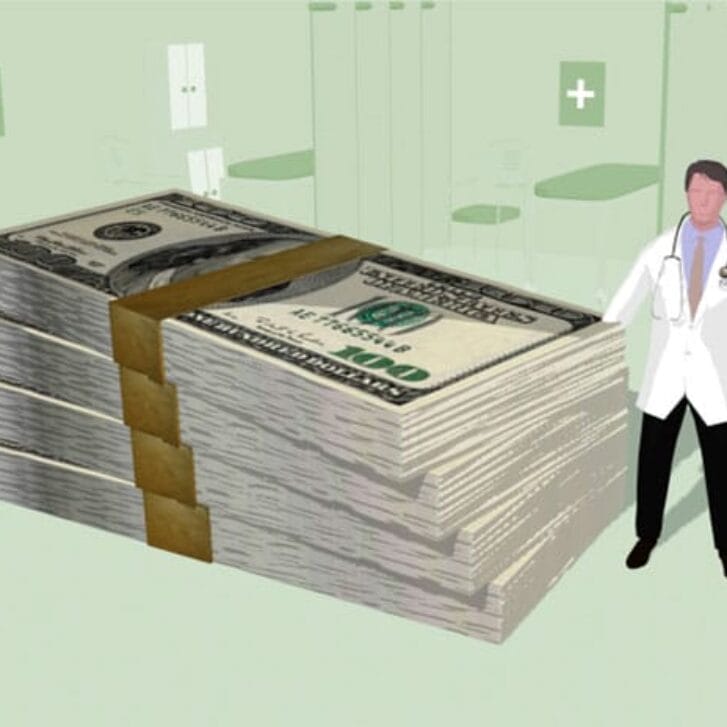Recently my firm became engaged with several medical products companies in determining where these companies should market their products based on the reimbursements they receive.
Reimbursements vary depending on where the products are used, such as in a physician’s office, in ambulatory surgery centers or in hospital outpatient settings.
We have assembled large datasets of reimbursement amounts based on what these medical care providers—doctors, ambulatory centers and hospitals—receive from the various private payers. There appears to be a correlation between the “market power” of either the provider or the payer in a particular area, and how much is received for the work provided.
One way market concentration in a particular region in the U.S. is defined is via the Herfindahl-Hirschman Indices (HHI). Using the HHI, which is the sum of the squared market shares of all firms in a market, one can determine the relative concentration of firms. For example, if there are four firms in a market and their market share is 25 percent each, the HHI would be calculated as 252 + 252 + 252 + 252 for a sum of 2,500. Market concentration can be classified into three types: HHI less than 1,500 (unconcentrated); HHI greater than or equal to 1,500 but below 2,500 (moderately concentrated), and HHI of more than 2,500 (highly concentrated).
In assembling data and payments received from private payers such as Blue Cross Blue Shield and comparing this information to the relative market concentration of provider groups—for example, concentration of physicians with more than 45 physicians in a group—one finds some interesting correlations.
In our analyses, we are generally finding that providers get paid more in areas where there are unconcentrated to moderately concentrated payer market shares. We are also finding in markets with unconcentrated to moderately concentrated provider market shares lower provider payments for the same services. While this obviously does not take into account the intensity or quality of services provided, nor the severity of the conditions of patients, for uncomplicated procedures, this correlation appears to hold up.
What does this mean for consumers of health care in these areas? Because there are typically copays and deductibles for consumers in highly concentrated payer markets, consumers may be paying less out of pocket. Further, it appears that payers may be doing a good job of holding down pricing in these markets relative to other areas of the country.
Conversely, providers in highly concentrated provider markets are able to command higher prices. A case in point is in the Boston area, where the Partners Health Group (Mass General, Brigham and Women’s Hospital, and the physician groups Partners Health has acquired), commands higher overall pricing than other providers in the area. Boston is, in fact, one of the highest-cost regions in the country for health care (not taking quality of care into account).
As we continue to gather data, we will examine this in more detail and determine if this relationship holds up.


























